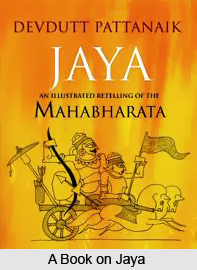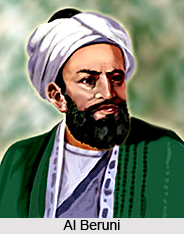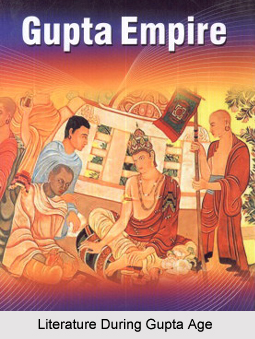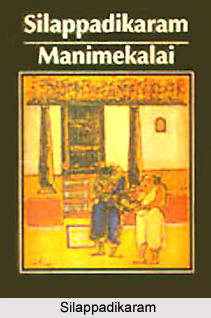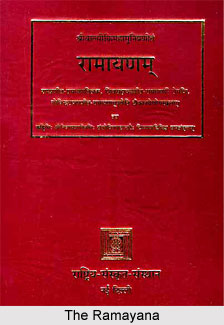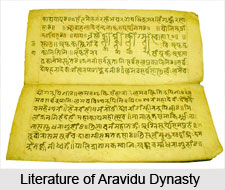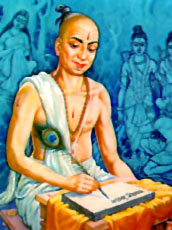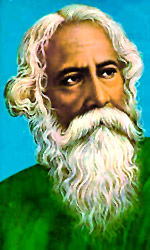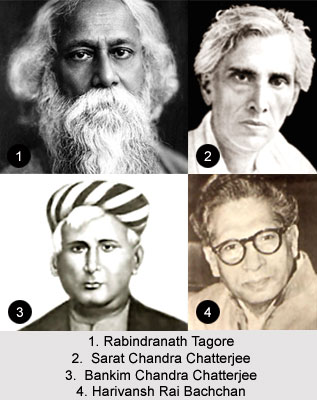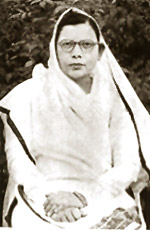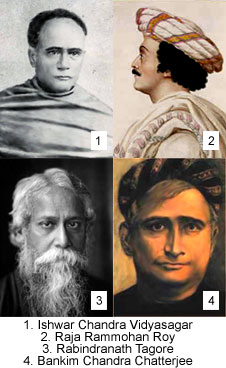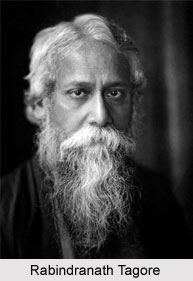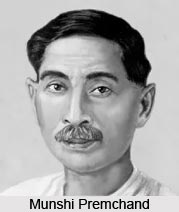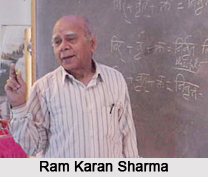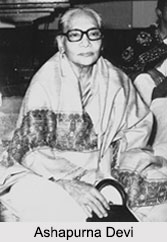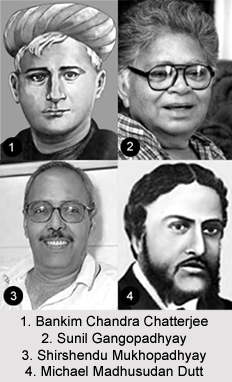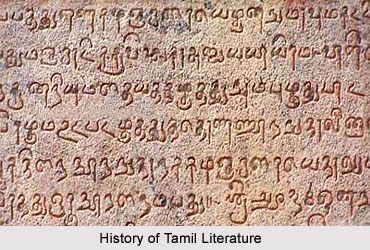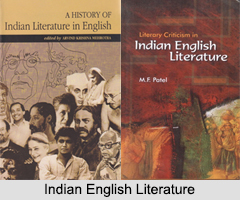Bharathidasan was a rationalist whose writings served as a medium for the growth of the Dravidian movement in Tamil Nadu. He also expressed his views in plays, short stories and essays. Mahakavi Subramanya Bharathi was his mentor after whom he called himself "Bharathidasan". However he rarely used words derived from Sanskrit in his works. His works were political in nature.
His parents were Kanagasabai Mudaliar and Lakshmi Ammal. His name was Subburathina. He had undergone a formal education in Tamil literature, Tamil grammar and Saiva siddharth Vedanta. Initially he worked as a Tamil teacher in the French territory of Karaikal. He also participated in the Indian Independence Movement and through his writings opposed the British and the French Government. He was encouraged by political leaders like Annadurai and M. G. Ramachandran. He was elected to Puducherry Legislative Assembly in 1954. He died in 1964 in a hospital in Chennai.
He had several pen names like Paavendar, Puduvai Kalaimakal, Desopakari, Desabhaktan, Anantapotini, Swadesamitiran, Tamilarasu, Tupleks, Kirukkan, Kindalkaran and Bharathidasan. He was a staunch follower of Anti-Brahmanism. There are many of his works which are anti-Brahmin in nature.
His works include: Srimayilam Suppiramaniar Thuthiyamuthu, Sanjivi Parvathin Saaral, Edhirpaaraadha Mutham, Kaadhal Ninaivugal, Nalla Theerppu, Alagin Sirippu, Kudumba Vilakku, Pandiyan Parisu, Irunda Veedu, Tamil Illakiyam, Amaidhi - Oomai, Saumiyan, Kavingyar Pesugiraar, Kadhala Kadamaiya, Hindi Ethurppu Paadalgal, Kannagi Puratchi Kaapiyam, Manimekalai Venpa, Panmanithiral and Tenaruvi Isai Paadalgal
"Puratchi Kavingyar" or "Revolutionary Poet" was the title conferred to him by Periyar. He also received the Golden Parrot Prize in 1946 for his play Amaithi-Oomai. Sahitya Academy award was given to him posthumously in 1970 for his play Pisiranthaiyar
Annually a Tamil poet is given the Bharathidasan Award by the state government of Tamil Nadu.
This article is a stub. You can enrich by adding more information to it. Send your Write Up to content@indianetzone.com
